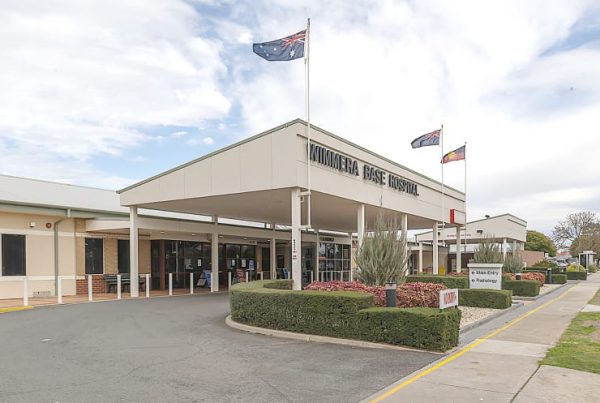SMS offers an easy, cost effective and time efficient way to fill healthcare staffing gaps
Healthcare roster management systems are undergoing a revolution with the increasing use of short message service (SMS) to fill staffing vacancies. And for those organisations using SMS in their shift planning and scheduling, there’s no looking back.
Daniela Resel from Northern Health in Victoria says making the shift from a mainly manual system of filling staff vacancies to an automated rostering system with SMS capability is a daunting prospect for most large healthcare organisations.
But she says the days of paper-based rosters and time sheets are being superseded by automated rostering systems with integrated SMS, which offer a cost-effective and time-efficient way of filling staffing gaps.
Daniela has been an early adopter of SMS to fill gaps in staff vacancies.
As the HRIS Systems Administrator at Northern Health, the key provider of public healthcare in Melbourne’s northern region, Daniela is ultimately responsible for coordinating the rosters of about 5,000 staff across four campuses in Melbourne’s north.
Northern Health started using the SMS capability within its automated rostering system in 2015. This was a measured and consultative move from paper time sheets to SMS.
“We started using it with the nursing staff and then extended it to the medical staff, and now all units have the ability to use it.”
Northern Health has progressed to more than 40,000 SMS exchanges per month that, among other things, deal with filling the gaps in staff vacancies.
Delivering convenience and time and cost savings to roster management
In the past, an on-duty staff member would be given the time-consuming and often frustrating task of contacting individuals to check their availability to fill a vacancy gap in the roster. The other costly alternative was to use an agency to backfill vacancies.
Daniela said this is no longer the case with SMS, which allows automated requests to be sent in bulk to their casual ‘bank’ staff and permanent part-timers.
Replies are returned via SMS, which highlights those who have accepted or declined the offer of a shift.
“We could send out an SMS to a group of 10, and they know they have to respond quickly to get the shift,” Daniela said.
“Having this functionality also frees up staff, like after-hours hospital coordinators, as they don’t have to be in the office to know that the shift has been filled. They can check in with the SMS and find out there.”
The SMS has the added capacity to refine the selection process, so messages are delivered to targeted groups or individuals.
“It’s more sophisticated than normal SMS. We can refine the message process so the required skills and qualifications always suit the shift. It’s all integrated in our rostering system,” Daniela said.
“If a shift is accepted, other staff will be notified that the shift is no longer available.”
Equitable shift planning and allocations
The SMS does not play favourites. The first casual ‘bank’ staff member to accept via SMS gets the shift.
“This enables me to not only introduce efficiency into the system, but also provide equity and fairness in the allocation of shifts as well,” Daniela said.
Daniela’s top 3 tips for making the move to SMS
- Communication: “It’s important to communicate with staff before introducing SMS to fill staff vacancies as there could be initial anxiety associated with such a big change. But once staff use it, it will be warmly received.”
- Organisational buy in: “You will need the support of your managers at every level if SMS is to be successfully trialled and implemented.”
- Be a champion: “When I first saw this way of communicating with staff, I was totally wide-eyed with excitement. I lobbied hard for this to happen and it has ended with Northern Health having a harmonious and sophisticated workflow. It certainly helps to have a champion during the introduction and implementation phase.”
Northern Health has been using Allocate Software to effectively manage its workforce for over ten years. Allocate’s rostering software for the healthcare sector:
· Uses SMS to fill vacant shifts by alerting relevant staff and auto-filling based on their responses
· Dramatically reduces back office administration effort associated with workforce planning and management
· Underpins better multi-disciplinary team work and availability by ensuring the right people are in the right place at the right time whether rostering nurses, doctors, allied health professionals or support workers
· Quickly identifies the most appropriate staff available to fill gaps in rosters.
Need to simplify your roster management?
Learn more about how to use SMS functionality to better manage your roster with electronic rostering and automated award interpretation integrated to payroll. Click here to find out more




